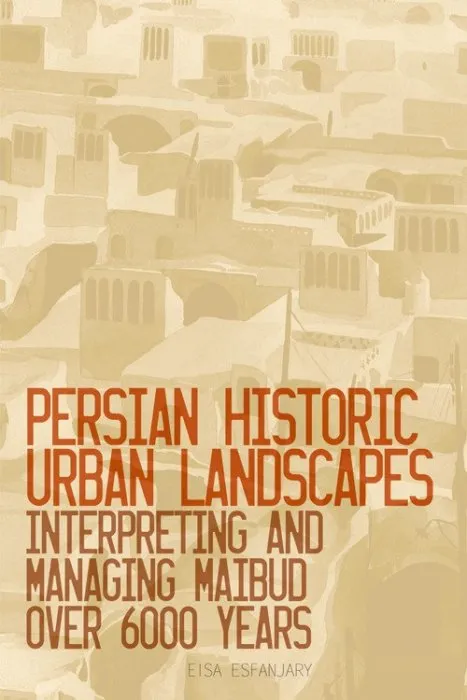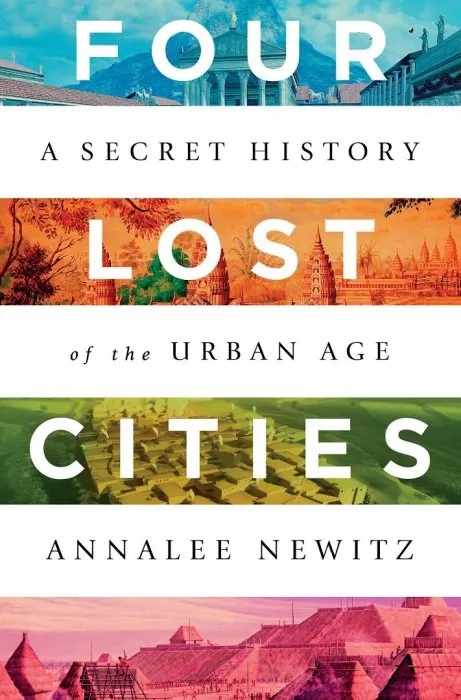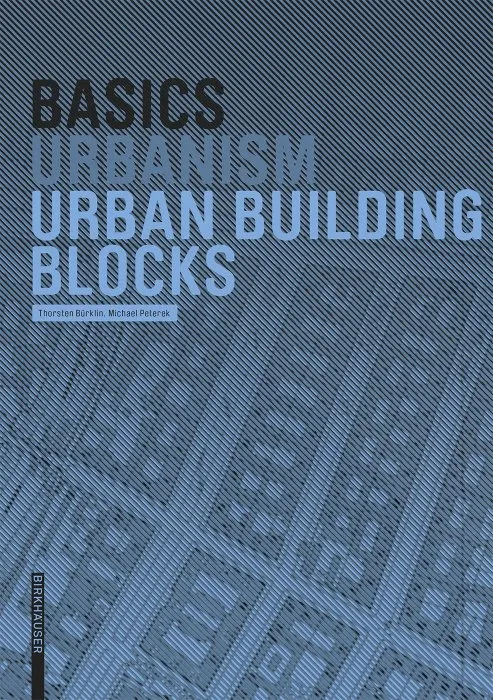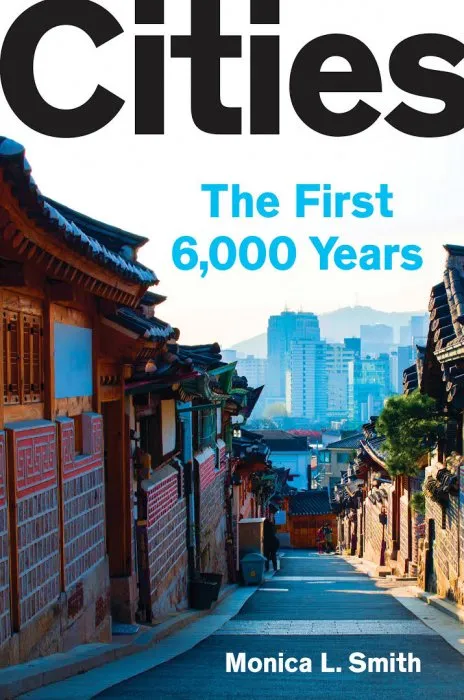Persian Historic Urban Landscapes : Interpreting and Managing Maibud Over 6000 Years

Date: October 31, 2017
ISBN: 1474412785
Language: English
Number of pages: 257 pages
Format: True PDF
Add favorites
Persian cities are part of a corridor of civilisation with settlements straddling thousands of years. Taking Maibud as a case study, Eisa Esfanjary traces the evolution of ancient settlements chronologically, thematically and methodologically.
Maibud provides the basis from which a new interpretive approach is developed, being a city that has a history of several millennia yet has a scale that renders it manageable with archaeological remains that range across several phases of building development. An archetypal example of middle-sized Persian cities, it affords insights into the entire urban landscape and its spatial, functional and morphological iterations. Within this overall picture, a methodology is developed to explore various morphological elements of the city, the three key components of which are the town plan, the building type, and construction materials. The inter-relationships between these three components are explained in order to formulate an approach to support the management and conservation of the historic urban landscape.
Combining a rigorous survey and observation of the standing structures with scarce archaeological and written sources, this book sheds light on Islamic urbanism in general and Islamic urbanism in Iran particularly.
Maibud provides the basis from which a new interpretive approach is developed, being a city that has a history of several millennia yet has a scale that renders it manageable with archaeological remains that range across several phases of building development. An archetypal example of middle-sized Persian cities, it affords insights into the entire urban landscape and its spatial, functional and morphological iterations. Within this overall picture, a methodology is developed to explore various morphological elements of the city, the three key components of which are the town plan, the building type, and construction materials. The inter-relationships between these three components are explained in order to formulate an approach to support the management and conservation of the historic urban landscape.
Combining a rigorous survey and observation of the standing structures with scarce archaeological and written sources, this book sheds light on Islamic urbanism in general and Islamic urbanism in Iran particularly.
Download Persian Historic Urban Landscapes : Interpreting and Managing Maibud Over 6000 Years
Similar books
Information
Users of Guests are not allowed to comment this publication.
Users of Guests are not allowed to comment this publication.




